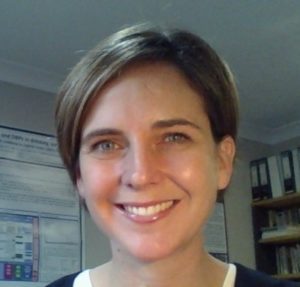Associate Professor Susan Petterson (Water & Health Pty Ltd)
Associate Professor Susan Petterson in the Director of Water & Health Pty Ltd and is an academic title holder in the School of Medicine at Griffith University, Gold Coast, Australia. Since undertaking her first Quantitative Microbial Risk Assessment (QMRA) 20 years ago, Susan has worked internationally on the development and implementation of QMRA for water safety management in the drinking water, recreational water and sanitation contexts.
Her expertise lies in the interpretation of microbial datasets, and integration of human health related microbiology with modelling of environmental systems. She was the lead author of
the World Health Organization’s guidance document for undertaking QMRA in the waterrelated context and serves on the Joint FAO/WHO Expert Meetings on Microbiological Risk Assessment (JEMRA), and the Australian national advisory committees for drinking water quality and recreational water quality.
Susan is passionate about ensuring that the best possible scientific evidence is interpreted with accuracy and integrity to support practical management of environmental health risks for the protection of public health.
Hygienic quality of public natural swimming pools (NSP)
Natural swimming pools (NSP) have become more popular in the past 20 years, both for private and public use, but their hygienic status remains a matter of discussion. Elimination rates in NSP are well defined for Escherichia coli, enterococci and Pseudomonas but a lack of knowledge exists regarding elimination rates in NSP concerning the parasitic protozoans Giardia and Cryptosporidium. First studies indicate that in-situ zooplankton filtration proved to reduce these protozoans efficiently: the in-situ elimination of Cryptosporidium is dependent on the population of zooplankton.
In the 50% percentile the elimination rate is four times faster than in the chlorinated pool. The ex-situ elimination of Cryptosporidium in an NSP is approximately 10% faster than in a chlorinated pool. In ex-situ treatment of NSP the elimination rate reached 2 log-steps versus 1 log-step in chlorinated pools. For the further development of NSP for the best possible hygiene and health status some elementary questions, stated in this paper, will have to be solved in the next years or decades.

